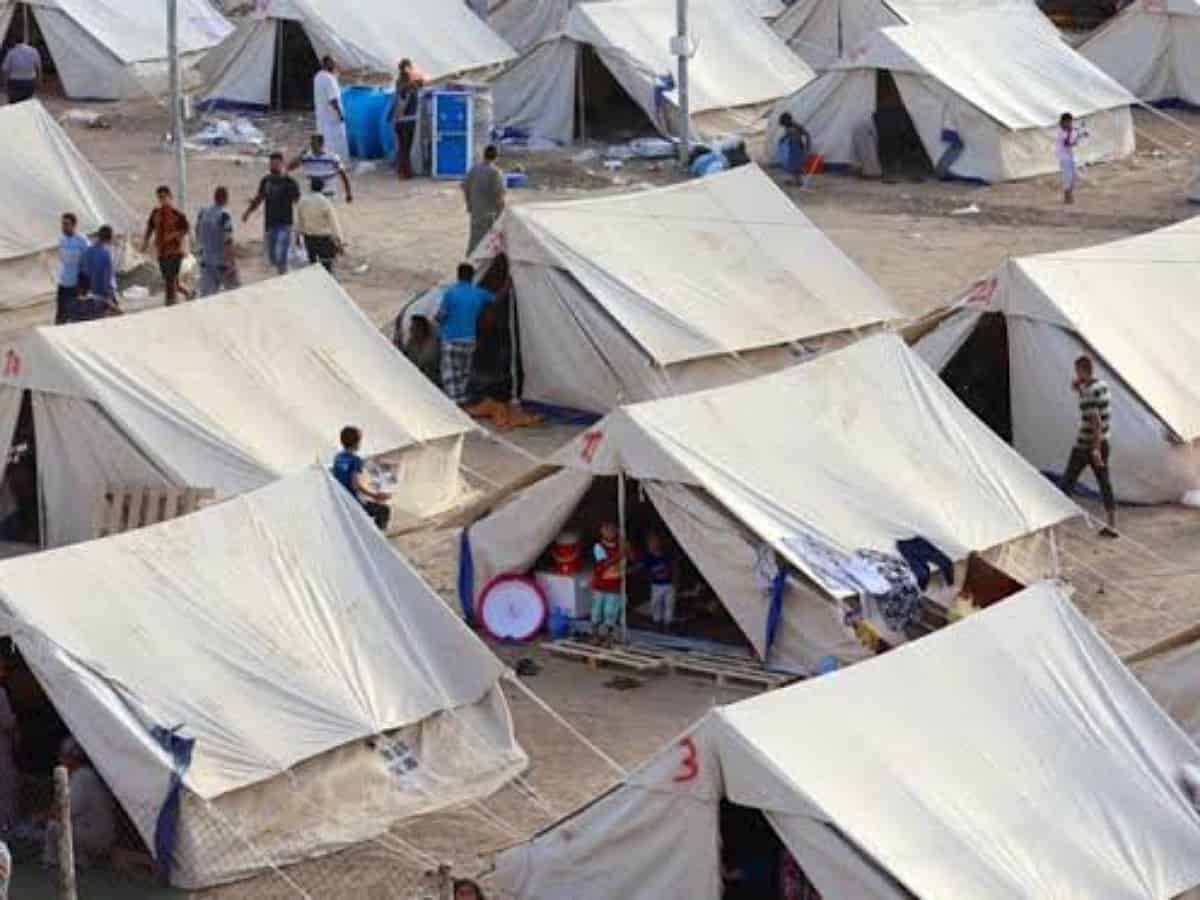
While the Opposition is up in arms attacking the Modi government notifying the controversial CAA just days before general election is announced, there is another important issue on which India has yet to act. That is, becoming a signatory to the international Refugee Convention and its 1967 Protocol.
India has till now stayed away from becoming a party to the Convention, despite the fact that it had been following all the international norms regarding the treatment of refugees.
Not only that even within the country it does not have any fixed legal framework and norms to be followed for protecting the refugees. Ostensibly CAA and such legislations are meant to differentiate between who is an Indian citizen and who is not.
Large number of refugees from Bangladesh, Afghanistan and Myanmar have come and settled in India.
Actually it is the UN Refugee Agency, UNHCR (United Nations High Commissioner for Refugees) based in New Delhi and Chennai, which officially looks after the asylum seekers into India and conducts a refugee status determination.
Refugees come from Pakistan, Bangladesh, Afghanistan, Myanmar, Sri Lanka.
India has a kind of ad-hoc rules regarding refugees and may not have even the exact number of refugees and who they are.
There are different standards of protection and assistance given to refugee groups.
Indian government protects and helps refugees from Tibet and Sri Lanka. It is UNHCR which keeps track of refugees coming from other countries like Afghanistan and Mayanmar.
These refugees holding documentation provided by UNHCR are able to obtain temporary residence permits from the Indian authorities.
However refugees have a difficult time and usually live in poverty, wherever they can find refuge and job.
India is one of the few liberal democracies not to have ratified the international convention that governs how nations should treat refugees who have to leave their country of birth following persecution or due to natural calamity or war.
Large number of countries have however ratified the document.
However,India has generally accepted refugees coming to its doors. The number of refugees in India continues to be very large perhaps the largest in the south Asian region but then that requires a proper standardised official and legal framework which seems to have been missing.
The reason for India to keep away from signing the Convention would clearly seem to be that it does not want its hands to be tied in any fashion, but keep its options open as to how it deals with the refugees.
This again would seem to have been motivated by the national strategic and security concerns. The central government wants to keep complete control on who is allowed into the country, who is given protection, who is given citizenship, who is asked to leave.
The signing of the Convention would also mean that India would not be able to repatriate or ask the refugees to leave against their will.
India had repatriated Tamil Sri Lankan refugees following assassination of Prime Minister of India, late Shri Rajiv Gandhi.
The fact that India has a very porous border a lot of people illegally slip into India from places like Bangladesh,Myanmar,Pakistan,Afghanistan who definitely can pose a security risk particularly in a volatile socio-political environment in the sub-continent.
But then how and who makes political use of these people settled in India is the question.
Opposition parties are already alleging that the move of notifying the controversial Citizenship Amendment Act is to be used for political gain by making the large influx of Hindu refugees likely to flood into India, by making them reside strategically in those constituencies where they can make a demographic change for political benefit.
There also charges that the timing of the notification of the CAA just before elections are announced is basically to create a communal divide on the issue of CAA by singling out Muslim refugees to gain benefit from it. The Opposition is also screaming that it was discriminatory.
Some feel, as the Ram Mandir had lost its emotive power to get traction with voters after its construction, the CAA notification just before elections could be an issue to polarise the voters and make it a talking point.
The refugees in India include apart from Bangladeshis, Afghanis, Sril Lankan Tamil, Nepalis, Buddhist Chakmas from the Chittagong Hill Tracts of Bangladesh, Bhutanese from Nepal, Muslim Rohinygas from Myanmar and people from Sudan and Somalia.
According to the UNHCR, there were 204,600 refugees, in India in 2011.
